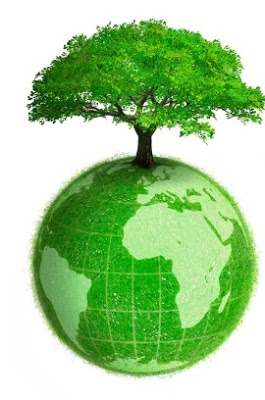 By CO2 Science
By CO2 Science
Reference
Phillips, O.L., Lewis, S.L., Baker, T.R., Chao, K.-J. and Higuchi, N. 2008. The changing Amazon forest. Philosophical Transactions of the Royal Society B 363: 1819-1827.
What was done
The authors synthesized recent observational results from the network of Amazon-forest researchers known as RAINFOR (Red Amazonica de Inventarios Forestales), which represent the combined long-term ecological monitoring efforts of 35 institutions from all around the world, with plots that span Amazonia “from the driest southeast to the wettest northwest and the least fertile east to the most fertile west.” What was learned
Phillips et al. report finding evidence for “concerted changes in the structure, dynamics and composition of old-growth Amazonian forests in the late twentieth century,” noting that “in the 1980s and 1990s, mature forests gained biomass and underwent accelerated growth and dynamics, all consistent with a widespread, long-acting stimulation of growth” that “is normally distributed and has occurred across regions and environmental gradients and through time,” indicating “continued biomass sink strength through to the end of the century.”
In numerical terms, they say that “in the late twentieth century, biomass of trees of more than 10 cm diameter increased by 0.62 t C ha-1 yr-1 averaged across the basin,” which implies “a carbon sink in Neotropical old-growth forest of at least 0.49 Pg C yr-1.” And they add that “if other biomass and necromass components are increased proportionally, then the old-growth forest sink here has been 0.79 Pg C yr-1, even before allowing for any gains in soil carbon stocks.” This finding, in their words, “is consistent with the evidence from recent global inversions of atmospheric CO2 measurements and local aircraft measurements of atmospheric CO2 profiles, showing that the tropics are either carbon-neutral or sink regions, despite widespread deforestation.”
What has been driving these changes? This is the question the five researchers ask themselves; and they reply that “the simplest explanation for the ensemble result — more biomass, more stems, faster recruitment, faster mortality, faster growth and more lianas — is that improved resource availability has increased net primary productivity, in turn increasing growth rates.” And they say that “the only change for which there is unambiguous evidence that the driver has widely changed and that such a change should accelerate forest growth is the increase in atmospheric CO2,” because of “the undisputed long-term increase in concentrations, the key role of CO2 in photosynthesis, and the demonstrated effects of CO2 fertilization on plant growth rates.” What it means
Over the last two decades of the 20th century, when air temperatures rose to levels that climate alarmists contend were unprecedented over the past one to two millennia, and close to dangerous “tipping points” that could spell disaster for earth’s ecosystems living “dangerously close” to the upper end of their optimum temperature range, earth’s tropical forests not only did not suffer, they thrived! And it would appear that credit for their good fortune should be given to the concomitant and still ongoing increase in the air’s CO2 content, which climate alarmists contend is — you guessed it – bad for the biosphere.Source